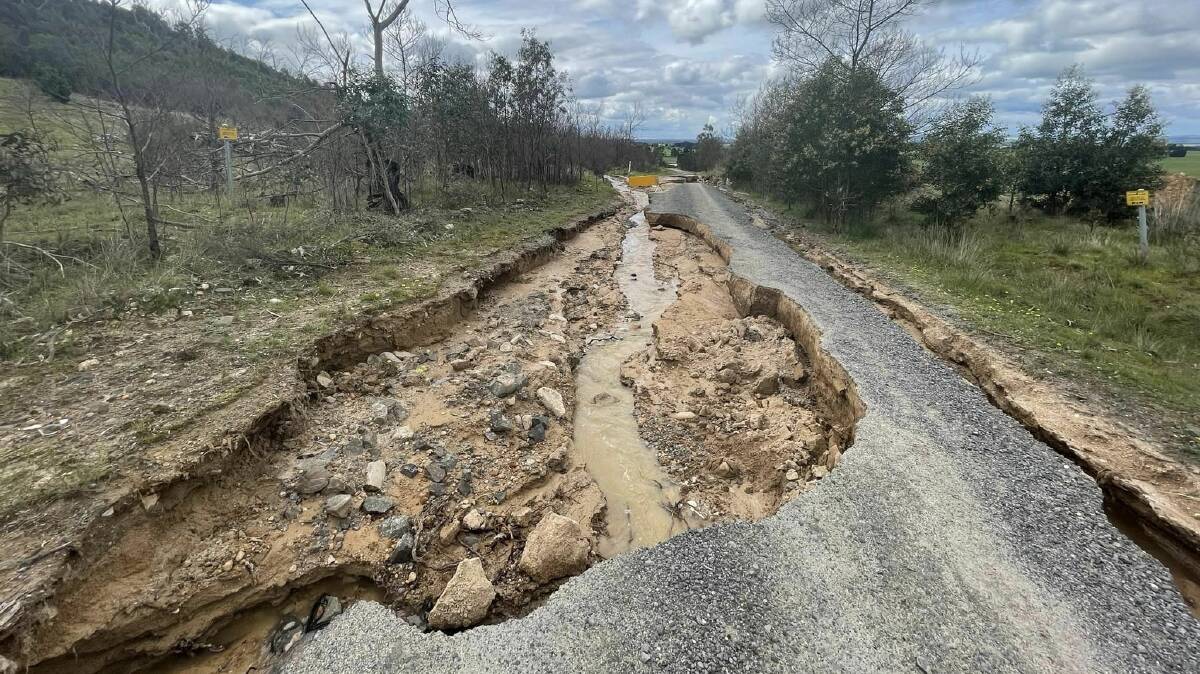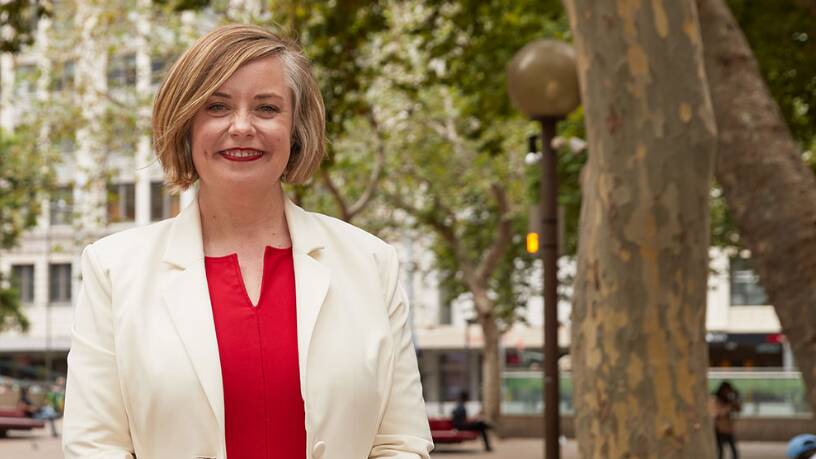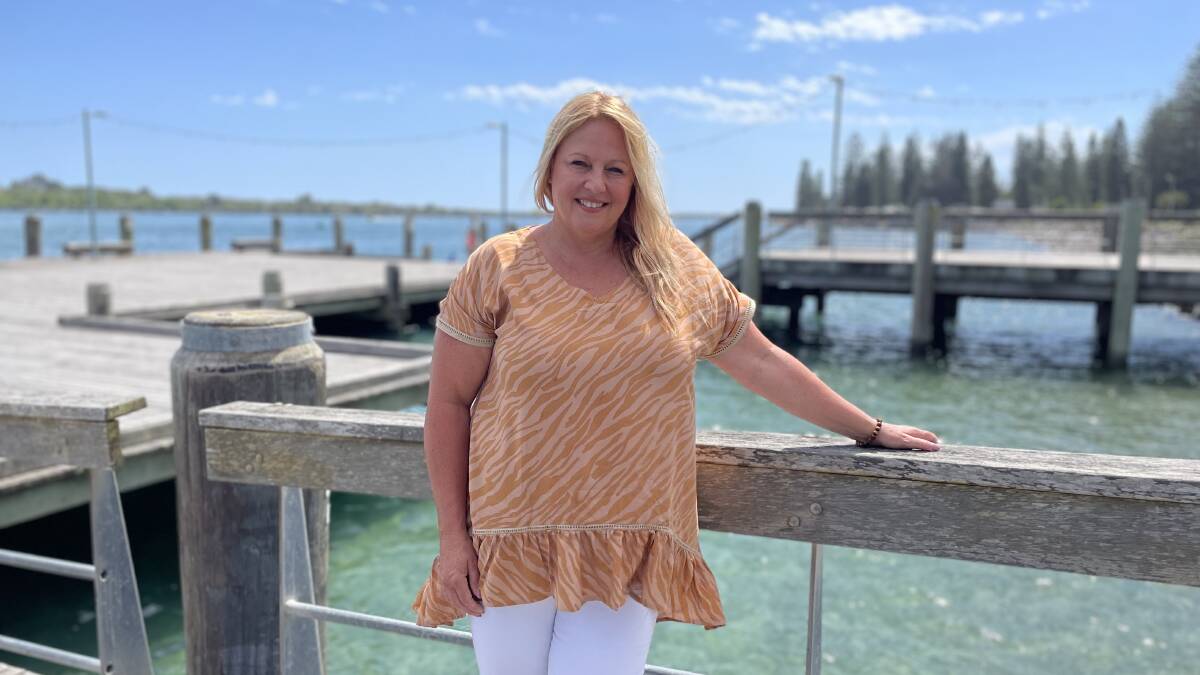
When the immediate threat to life, homes and businesses subsides as floodwaters drain from Australia's drenched regional towns, the horror of shredded, impassable and potholed roads is revealed.
Subscribe now for unlimited access.
or signup to continue reading
Australia's 537 councils are responsible for community infrastructure and assets valued at nearly half a trillion dollars, including land, buildings and 75 per cent of the nation's roads, according to the Climate Council.
The risk to council assets and services increases as coastal erosion, flooding, bushfires, extreme storms and record-breaking heat waves accelerate due to climate change.
The Climate Council says "no community within Australia remains untouched by climate change.'
Local government at the coal face
Australian Local Government Association (ALGA) executive director Liz de Chastel said, while all levels of government had a responsibility to combat climate change, councils are ill-equipped to manage the growing effects at a local level.
"The cost burden is getting greater," she said.
"If you look at Lismore City Council [in northern NSW], it can't fund the recovery and the replacement of infrastructure from the floods earlier this year.
"We know that with all the flooding and rain on the east coast, there is a lot of damage going on to local roads and a lot of potholes which leads to a huge backlog of asset maintenance for councils."
In the Blue Mountains west of Sydney, Mayor Mark Greenhill has threatened to close some roads affected by torrential rain and flooding. He said the cost of 66 landslides exceeded $400 million.
But councils were doing their best, Ms de Chastel said.
"There are councils who are working in the renewable energy area and looking at their own vehicle fleets and energy use," she said.
Local action for global impact
Dubbo Regional Council in NSW's central west adopted an ambitious, five-year energy plan in 2020 to reduce energy costs and tackle high energy and transport emissions.
The City of Greater Geelong in Victoria implemented a climate change response for the decade to 2030 covering both adaptation and mitigation.
ALGA said councils are especially keen to meet emissions reduction targets.

The 2021 Australian Local Government Climate Review found more than 70 per cent of responding councils had set, or were planning, ambitious local emissions reduction targets, ALGA president and City of Sydney councillor Linda Scott said.
One in five Australian councils have a climate emergency declaration in place.
"Right across our nation councils are introducing energy-efficient LED street lighting, installing electric vehicle charging stations, using recycled roads materials, and increasing tree canopy coverage,'' Ms Scott said.
Back up climate emergency declaration with plan
Port Macquarie-Hastings Council on the NSW mid-north coast became the first council to rescind its climate emergency declaration in February 2022, less than a year after it was announced.

Mayor Peta Pinson said that didn't mean the council would stop trying to mitigate the effects of climate change.
"What I am not supportive of when it comes to climate change is not having a properly prepared plan that outlines what is going to be achieved and what value for the ratepayers' dollar will come out of that," she said.
Ms Pinson said councils with climate emergency declarations haven't been able to afford funding for action.
"I would like to see a robust policy written in consultation with the community for ways we will be able to mitigate any adverse effects that future climate change will have on our region," she said.
"We can only promise our community things that we can deliver."
We need more money
The ALGA said councils needed more funding from other levels of government to keep up with "the scale of disasters some communities are seeing".
"We believe that councils are severely underfunded at the moment and that is a real concern for many councils," ALGA executive director Liz de Chastel said.
Local governments especially needed money from national coffers for disaster preparedness, rather than funds for cleaning up the mess afterwards.

Ruby's story
This series matters to me because, in the first three years after graduating from university and securing a job as a journalist, I covered the Black Summer bushfires and devastating, record-breaking floods.
Telling the stories of people who lost their homes, their animals and their livelihoods because of a natural disaster has stayed with me and I don't think I will ever forget what it was like to both live and work through it.
We work in these communities and tell their stories, but we also live here. These stories matter to us.
Climate change is increasing the severity of natural disasters and it's my generation, and the ones that come next, that will need to work to mitigate its effects.

You can read the full Young and Regional: Our Climate Future series here.


